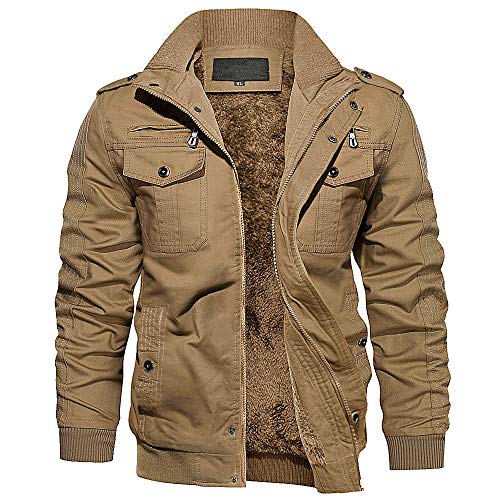Regardless of WHAT the "proper" term is, I don't let it bother me. I know going in that the type of bike I chose and my riding style are going to cause issues with how my tires wear. I buy what I think is best for me, I maintain my equipment as best I know how, and I ride the motorcycle. I have fun with my bike, I enjoy my bike. I could just drive my truck everywhere, but I choose not to do so.
Pop likes to accelerate through a corner harder than I do. This creates a slight "spin" or slip and it shows on the tread blocks. He and I both know this shortens the life of the rear tire but it is his tire, his bike, and his money. I like to brake aggressively. I have always enjoyed the FJR's brakes and I play with this often. It affects the longevity of my front tire. I could care less.

































































